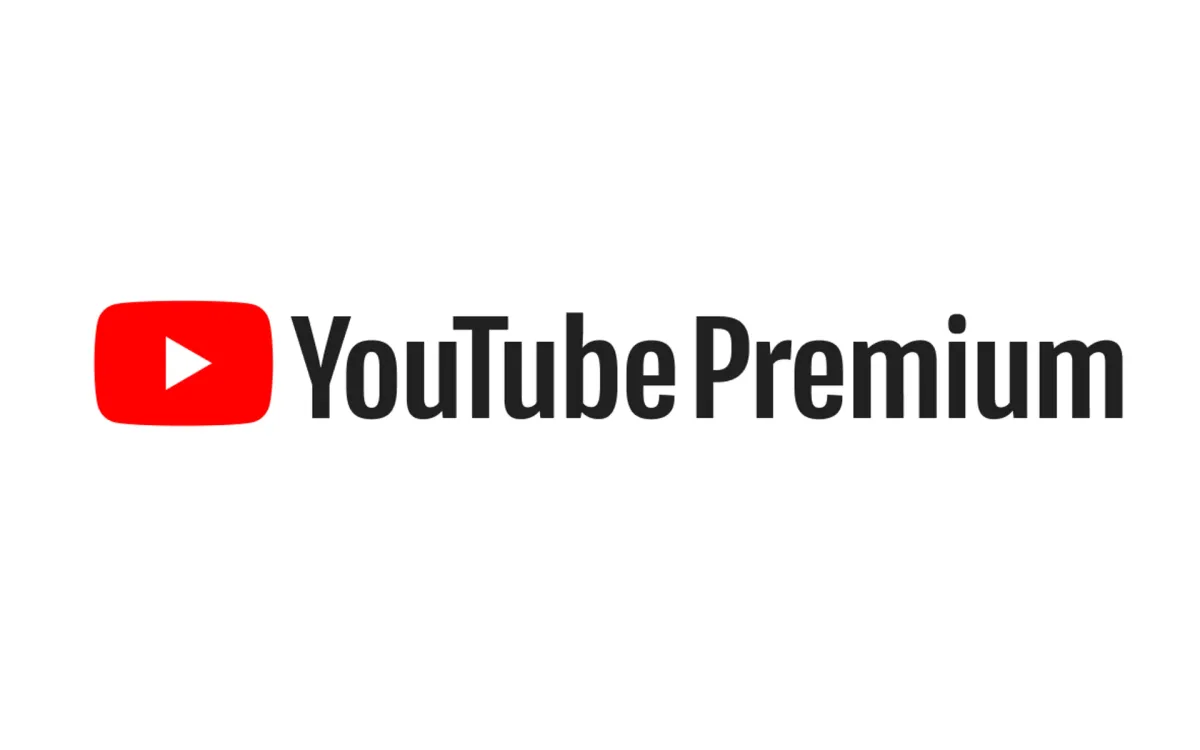In a move that’s stirring up discussions among its European users, YouTube Premium is set to undergo a significant price hike in several regions. This development is part of a broader trend affecting both individual and family subscription plans, with increments reaching up to 50%. The adjustment in pricing has been a hot topic on platforms like Reddit, with sources like Android Police shedding light on the upcoming changes.
Subscribers in Belgium, Italy, the Netherlands, and the Republic of Ireland are gearing up for a noticeable jump in costs. Family plans in these countries, previously priced at €17.99, will soon rocket to €25.99—a leap that places the annual expenditure at a hefty €311.88. Individual plans are not far behind, with a rise from €12 to €14.
Switzerland and Sweden are also on the front lines of this pricing surge. Swiss family plans are set to increase from 23.90 CHF to 33.90 CHF monthly, with individual plans making a smaller, yet significant, jump from 16 CHF to 18 CHF. Over in Sweden, the escalation is even more pronounced with family plans soaring from 179 SEK to 279 SEK.

Global Trends Echo in Europe
This uptick in European prices mirrors similar increases across other global regions, with subscribers in parts of Asia and the Middle East already feeling the impact of heightened costs since late-August. The reasons behind these widespread adjustments remain under wraps, but the pattern is clear: YouTube Premium is becoming a pricier investment for its international audience. Adding to the financial strain for iOS users is the potential for even higher charges. Due to Apple’s App Store billing fees, those who subscribe via this platform may face additional costs. This pricing strategy highlights the broader implications of digital service subscriptions and platform-specific fees.

Weighing the Costs: Is YouTube Premium Still Worth It?
Set to take effect in November 2024, these new pricing strategies bring a crucial decision to the table for subscribers: accept the higher fees or reconsider their commitment to the platform. Despite the allure of ad-free viewing, background play, and access to YouTube Music, the increased cost is making potential and existing subscribers think twice. The rising prices, coupled with more ads in the free tiers and stringent measures against adblockers, suggest a strategic shift for YouTube. This might be aimed at boosting revenue or compensating for other operational costs, but it also risks alienating a segment of its user base. As these changes unfold, the response from the community will serve as a real-time gauge of the balance between added value and cost in the digital streaming landscape.

As YouTube Premium’s prices climb, subscribers need to evaluate the benefits against the escalating costs. With the changes slated for late 2024, users have some time to decide if the premium features of YouTube are indispensable or if more wallet-friendly alternatives could suffice. As this situation develops, it will undoubtedly be a topic of discussion among tech enthusiasts and casual consumers alike, marking a pivotal moment in the evolution of streaming service subscriptions.










